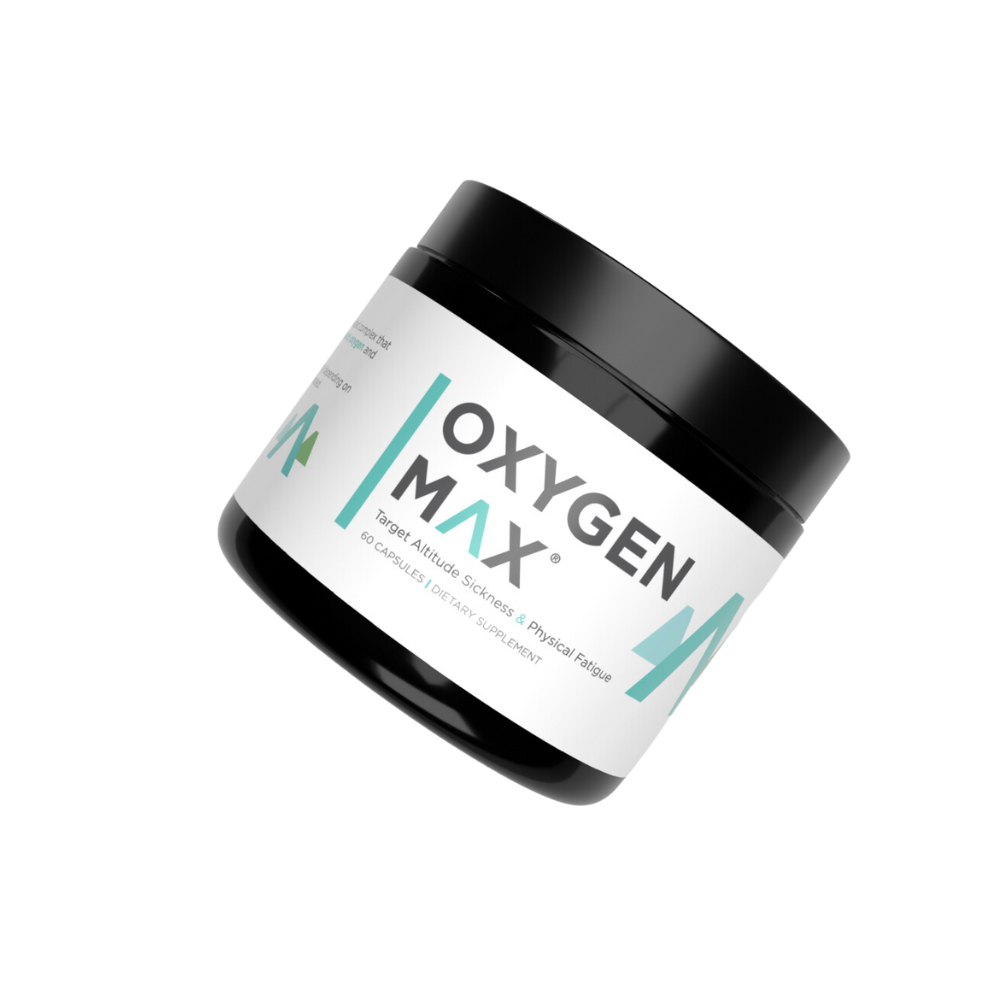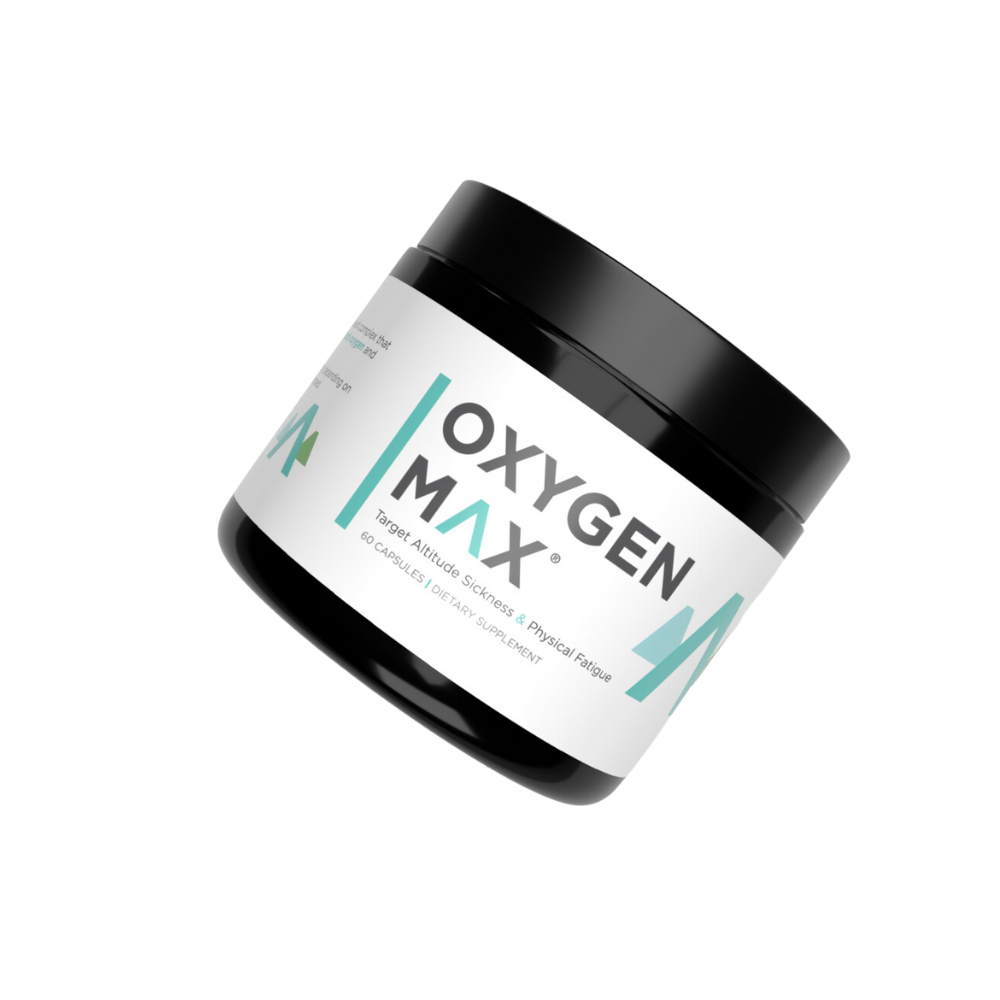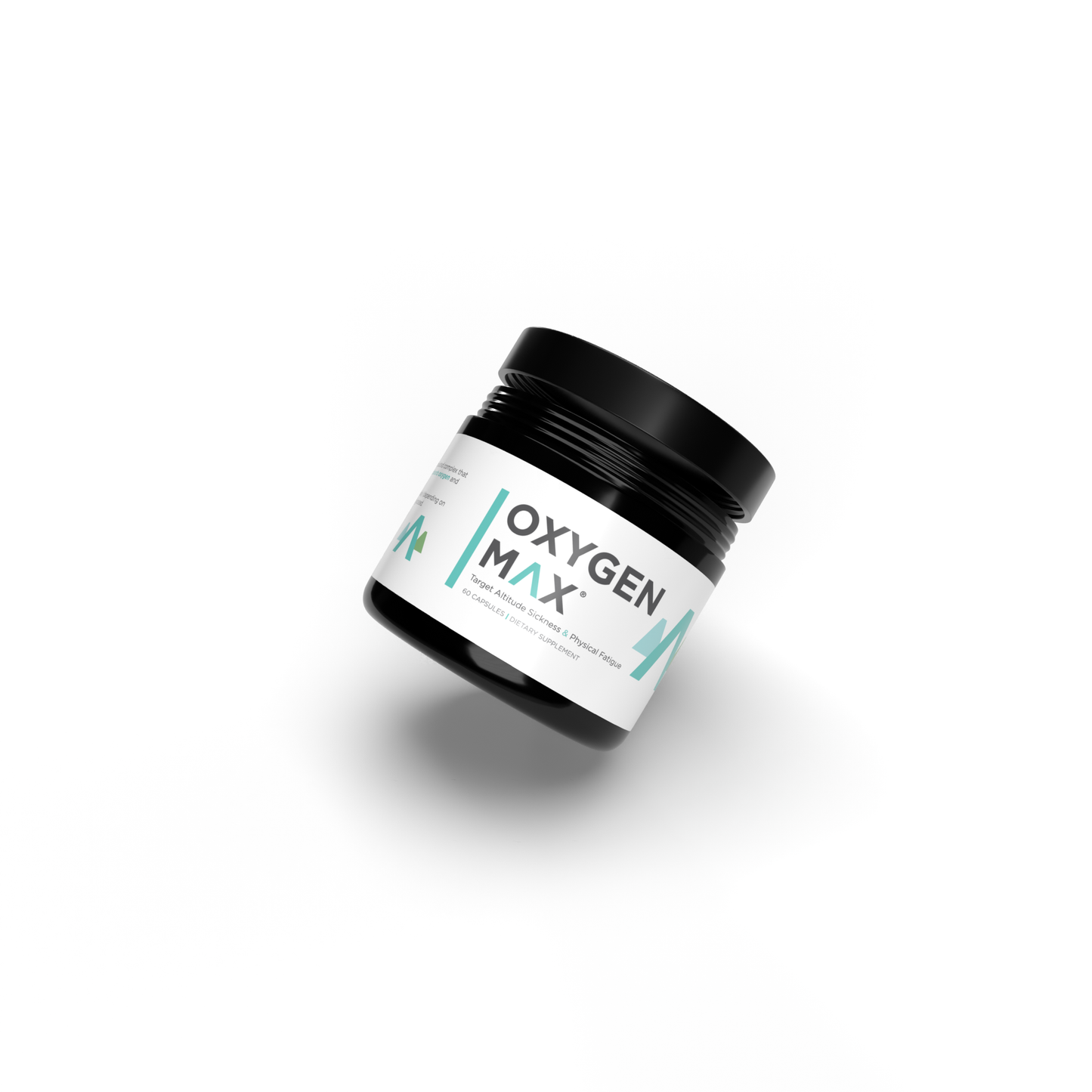Table of Contents
Traveling outdoors can be an amazing experience – that is until you’re hit with Altitude Sickness. Whether it’s the Himalayas or Machu Picchu, when your body is faced with a higher elevation than normal, there are physical and mental consequences to deal with. Luckily, though, some natural remedies have been around for decades that could help relieve those symptoms! From Andean coca leaves to Himalayan garlic, these adaptogens may just give you the boost you need in order to withstand the effects of high altitudes.
The Science Behind Herbal Remedies
Herbal remedies date back centuries and have been used to treat physical and mental health issues. Ancient Egyptians prescribed garlic for its medicinal value, while Native Americans relied on various plants for their overall well-being. But what’s the science behind these natural therapies? The science of herbal treatments is based on two essential principles: phytochemicals and bioactivity.
Phytochemicals are compounds that occur naturally in plants and can offer therapeutic advantages when consumed or applied topically. It is believed that this combination of chemical components aids our bodies by providing vital nutrients as well as potentially improving healing abilities such as reducing inflammation or promoting healthy digestion – but how exactly do they work?
The chemicals in our body work by interacting with us differently. For example, they can offer antioxidants for protection against damage from free radicals, help reduce inflammation, which is often the cause of discomfort and pain, improve digestion so that our bodies are able to absorb more nutrients during metabolism, stimulate healing processes when we become sick or injured, and even inhibit bacterial growth – a common problem when recovering from an illness!
The next thing to consider is bioactivity – this refers to how active something would be within us once it’s ingested into cells. This will depend on its chemical structure as well as how it interacts with other molecules inside of us. Do all these compounds really make a difference? It could very well be true!
When it comes to Altitude Sickness, herbal remedies can be helpful in relieving common symptoms such as headaches or nausea. Andean coca leaves, ginger root, ginkgo biloba and Himalayan garlic are some of the herbs that have been used traditionally to try and ease the effects of high altitudes.
Each herb has its own unique phytochemistry, which interacts with our body’s cells differently – improving how quickly we adjust while also providing relief from any discomfort related to altitude changes.
Cordyceps Sinensis for Altitude Sickness
Cordyceps Sinensis, commonly called caterpillar fungus, is a medicinal mushroom native to the Himalayan region that has been used in Tibetan medicine for centuries. Recently it’s become more popular due to its possible health benefits, which include improving immunity and Altitude Sickness.
Altitude Sickness emerges when people ascend too quickly so their body can’t adjust; symptoms vary from mild headaches and nausea to severe pulmonary edema or even coma! Have you ever experienced any of these?
For centuries, mountain dwellers in Tibet have been utilizing cordyceps sinensis due to its ability to increase energy levels during strenuous physical activity at higher altitudes. It appears that research is now backing up this ancient practice as studies suggest that taking supplements of cordyceps can help lessen the symptoms related to Altitude Sickness while also bolstering oxygenation throughout the body by promoting superior blood flow within our lungs. But they could be beneficial for conditions like asthma and chronic bronchitis, too; their anti-inflammatory properties may aid those who live consistently above 8500 feet (2590 m).
You can take them either through capsules or even create tea out of them, but please note excess doses greater than 500mg per day have some repercussions, such as dizziness or stomach discomfort, so make sure you discuss your travel plans beforehand with a medical professional if you plan on heading high into mountainous regions!
Gingko Biloba for Altitude Sickness
Ginkgo Biloba is a massively popular herbal remedy for Altitude Sickness, and it originated in China. It has been used medicinally there for centuries! The tree can grow up to 40 meters tall – that’s an impressive size – and its fan-shaped leaves are known to contain terpenoids as well as flavonoids; both of these compounds have been connected with various health benefits.
The key component in ginkgo biloba is known as flavonoid glycoside. It works like an antioxidant, shielding cells from any harm caused by free radicals. Additionally, it improves circulation and increases the amount of oxygen delivered to the brain and other organs – this makes it really efficient when treating Altitude Sickness or conditions resulting from insufficient levels of oxygen, such as asthma or COPD.
Have you ever wondered how Ginkgo Bilboa could help your physical condition?
Ginkgo biloba may also be helpful in improving cognitive function by bettering memory and concentration, so this could be useful for individuals who endure decreased cognition at higher altitudes as a result of reduced oxygen levels (hypoxia). Have you ever found yourself feeling light-headed or off balance when suddenly ascending to altitude? Ginkgo biloba has proven beneficial in reducing nausea, headaches, dizziness, shortness of breath and fatigue which are common indicators that often accompany high elevation.
As an added bonus, it can help improve blood flow all throughout your body, making physical symptoms related to being situated at great heights more bearable, such as getting cold hands or feet due to inadequate circulation. It might even provide improved sleep quality on those nights located up above the clouds where air pressure tends lower than usual alongside chillier nighttime temperatures!
Rhodiola Rosea for Altitude Sickness
Rhodiola Rosea has been used for centuries by the mountain dwellers of Central Asia and the Caucasus. It’s now becoming much more popular as a natural remedy to treat High Altitude Sickness. Why is Rhodiola so effective against altitudes? The answer lies in its active components – rosavin and salidroside, which are adaptogens that help reduce stress while also improving oxygen utilization in the body tissues. In other words, Rhodiola helps your body function better even at higher altitudes where air quality can be worse than usual!
Taking Rhodiola may help the body cope with oxygen deprivation in higher altitudes which can lead to the reduction of symptoms such as headaches, fatigue, dizziness, nausea and difficulty breathing. It is also believed that taking it will boost energy levels while improving mood levels, including those related to Altitude Sickness like depression or anxiety. You can take Rhodiola in pill form before you go up a high elevation area or when the signs start appearing even at lower heights.
The recommended dose of Rhodiola Rosea changes according to individual needs, but usually, a dosage between 200-400mg per day is enough for you to start noticing its positive effects within only several days after taking it. Furthermore, it’s advisable to take the supplement with meals so that your body can absorb it more quickly and efficiently for the best outcomes.
Rhodiola Rosea has been used over centuries as an effective treatment against Altitude Sickness; however, when climbing or trekking at higher altitudes above sea level, people should not solely rely on this remedy instead of preventive actions such as acclimatization and correct hydration – think about it rather like a complement which could help improve overall performance while reducing signs caused by high elevations.
Vitamin C for Altitude Sickness
Vitamin C has been the go-to remedy for many problems and is currently being used to treat Altitude Sickness. Vitamin C or ascorbic acid helps safeguard cells from damage due to free radicals, which could lead to inflammation. Numerous studies have displayed positive results when it comes to using vitamin C supplements, minimizing symptoms like head pain, nausea, exhaustion, lightheadedness and shortness of breath caused by high altitudes. In order to benefit entirely from this supplement, you also need adequate amounts in your diet apart from just consuming a pill every day!
Cocoa Leaves for Altitude Sickness
Cocoa leaves have been a popular herbal remedy for centuries and continue to be so – they come from the cocoa plant, which is native to South America’s Andes Mountains. Indigenous people in this region used these particular leaves as an all-natural way of treating various illnesses, including Altitude Sickness. What makes them special are their active alkaloid ingredients that help reduce symptoms associated with it, like dizziness or nausea.
Cocoa leaves are believed to have some amazing benefits, especially when it comes to Altitude Sickness. It is said that the increase in oxygen levels in the blood helps alleviate symptoms like headaches and shortness of breath – something all too common for those living at higher altitudes! So if you’re looking for a natural remedy, cocoa leaves could be just what you need. The best part? They can easily be found around the world, where there are high-elevation areas. But before using them as treatment, you should know that they may not taste good raw, and overconsumption may lead to side effects – so it’s better off brewed into tea instead or chew carefully but don’t swallow!
Cocoa leaves can be a great solution for those suffering from altitude sickness.
Conclusion
Dealing with Altitude Sickness can be a difficult task. Fortunately, there are various natural remedies that can help us alleviate the symptoms or prevent it in the first place. For example, Andean tribes have used coca leaves for centuries to deal with high-altitude challenges, and adaptogens found in the Himalayas provide an easily accessible solution too. Yet despite these benefits of certain herbal remedies, we should always bear in mind that they need to be taken cautiously and supervised by a knowledgeable practitioner before consumption for safety reasons – after all, prevention is better than cure!




